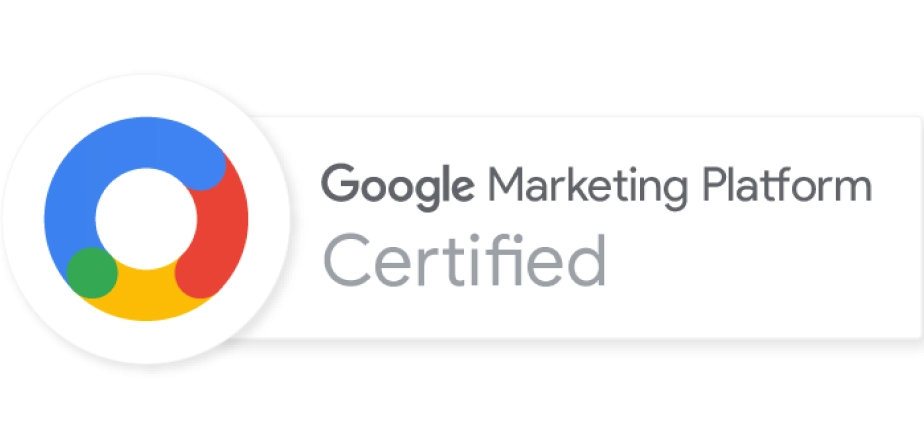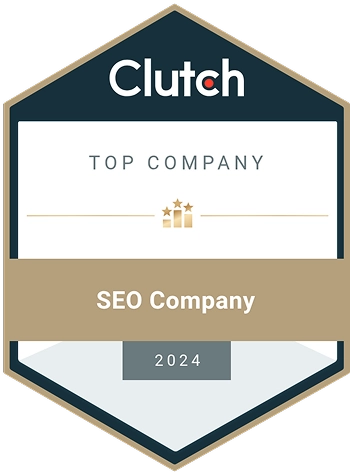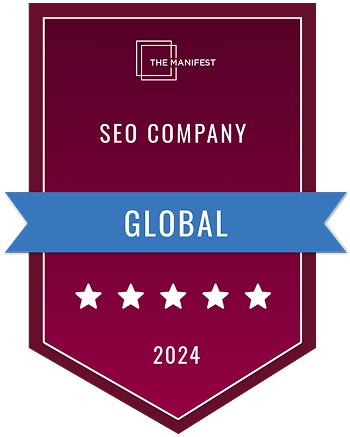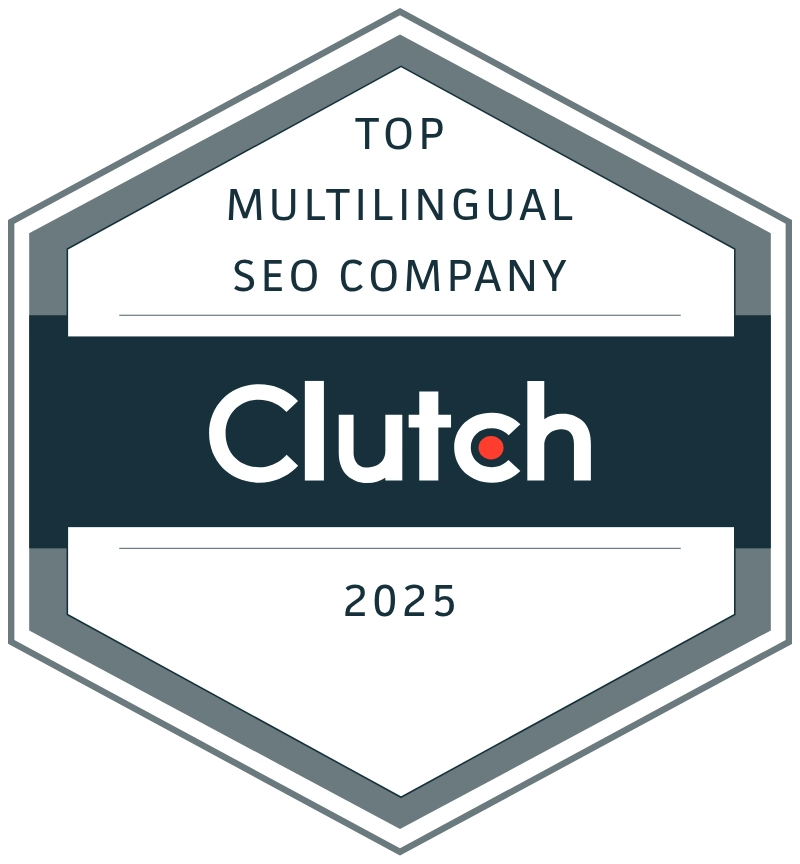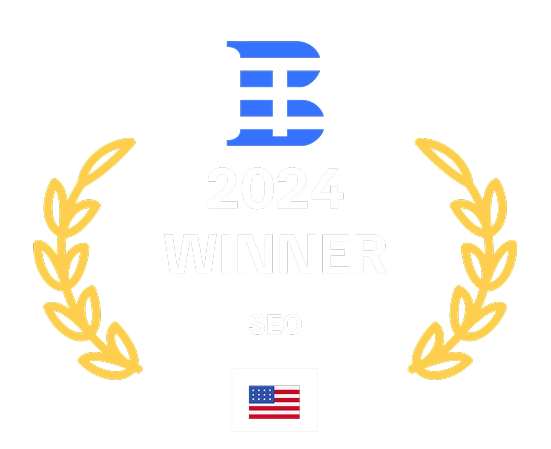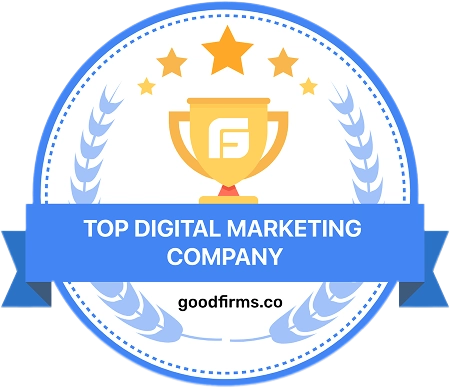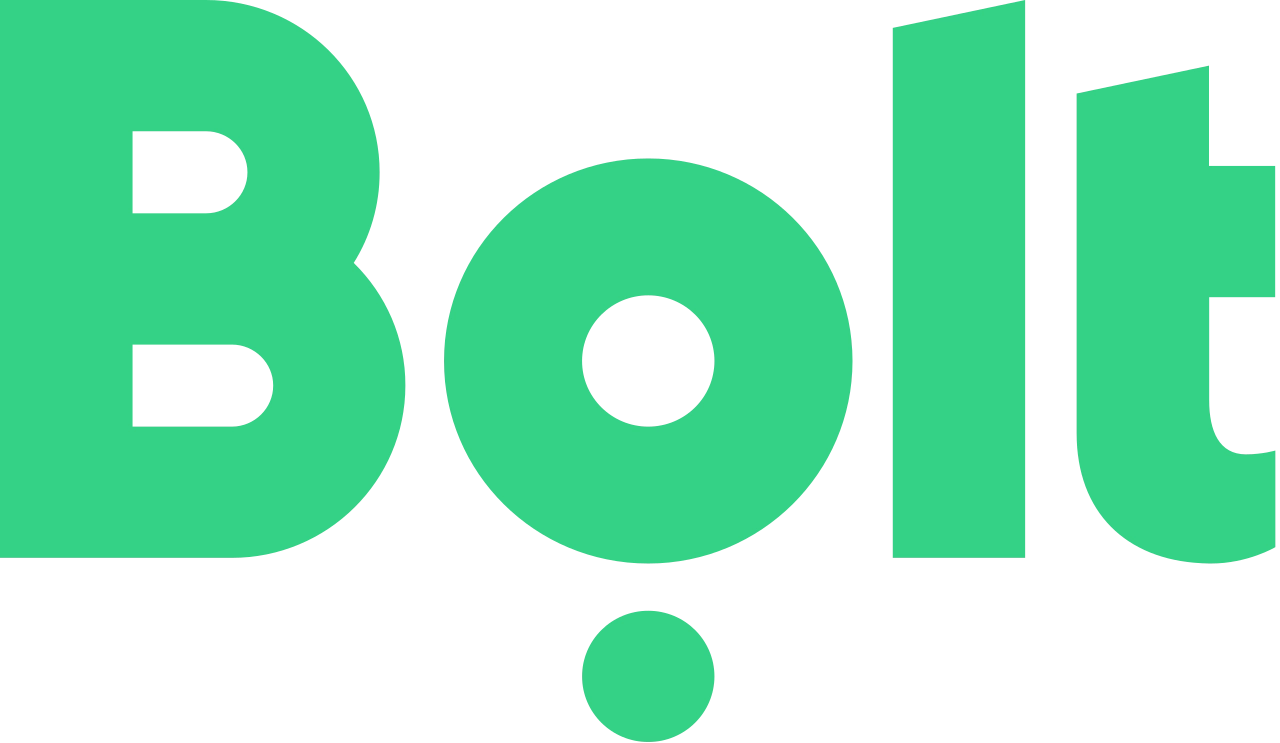Search Engine Optimization SEO Services
Long-term promotion through SEO services is a relevant move for popularizing a business regardless of its field. Such optimization ensures that the website’s key performance indicators (KPIs) continue to improve even after work on the business project has ended. SEO means visibility, recognition, and real results.
-
500%avarege revenue growth
-
300%average ROI of our clients
-
4Mleads generated
a new level with Elit-web
Expert SEO Services for Boost Your Search Visibility
A competent, thoroughly thought-out, and necessarily individualized SEO strategy is crucial for the success of a business’s online presence. Through optimization efforts, an SEO professional team can increase the visibility, recognition, and other growth metrics for a brand’s or company’s website, creating a steady influx of organic traffic. The main task is to select the most relevant search queries that align with the business niche. Professional SEO also ensures that key performance indicators in popular and frequently used search engines (Google and others) are continuously improved. Ultimately, qualified search engine optimization helps improve positions in Google search results. Additionally, depending on the brand’s or company’s goals, optimization processes help the website grow in organic search results rankings, which also positively impacts online visibility.

Types of Search Engine Optimization Services
Local SEO
Attracting local customers is the first step in promoting a business. By applying a full range of measures that consider location and geolocation, it’s possible to engage an interested audience in online shopping and to reach a higher level of awareness in a specific region. Being registered in a Google Business Profile can have a special impact on a brand. For example, the company can appear on Google Maps and similar platforms.
Technical SEO optimization
By integrating this powerful SEO service into a strategic action plan, a business has every chance of achieving higher rankings and better visibility for its site. Resolving deficiencies, errors, and issues related to the functioning of the brand’s or company’s website helps speed up web pages and positively impacts the future user experience on the brand’s site.
On-Page SEO
Full-fledged internal optimization of online stores is necessary for user convenience and significantly improving the ranking process of the business website in search engines. With the right measures, you can improve bounce rates, click durations, search intent alignment, CTR rates, and much more. Content optimization has a positive effect on gaining more traffic.
Off-Page SEO
External promotion is carried out through link building and the application of other services in practice. Building a link profile and writing articles, texts, and other informational materials for external web sources significantly improves the visibility of the business website in search results. Moreover, backlinks attract audience attention and strengthen the brand’s backlink profile.
E-commerce SEO
By organizing a localized SEO local website for e-commerce, it’s possible to positively influence the technical condition and usability of the business’s web resource. This means that by implementing the full range of measures outlined in a personalized brand promotion strategy, e-commerce websites can reach the TOP positions in search engines.
Enterprise SEO
This is a marketing approach that helps large, established brands and companies with 1000+ web pages improve their visibility on search engine results pages. With this service, it is possible to achieve more successful results from optimization efforts that not only help reach core business goals but also elevate the business to a higher level among competitors in the market.
MORE THAN CASES
OUR CLIENTS
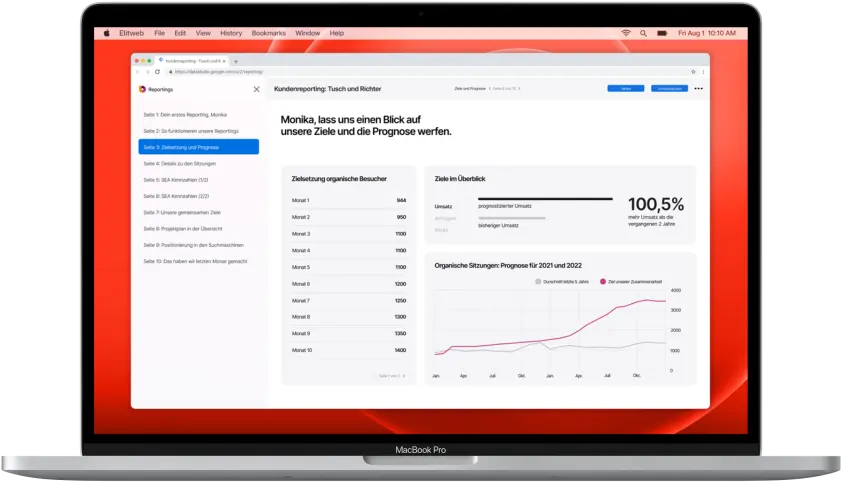
Core Elements That Power Effective SEO
Before starting any promotion or campaign, it is essential to have experience creating SEO services in the chosen direction. The fact is, that businesses cannot succeed without setting clear goals. Moreover, it’s necessary to understand the key performance indicators to know what to aim for during the work on a business project. In any case, by using effective, time-tested elements and web tools in your SEO strategy, you can count on success.
Our SEO Marketing Process
Most marketing actions begin with a comprehensive analysis of competitors and monitoring of the business website, along with the development of a personalized and competent strategy that includes many web elements and tools. Also, competent promotion cannot be done without using backlinks, incorporating services like website analysis and researching, and performing other relevant and essential tasks for boosting a business project. This is crucial for effectively searching to optimize website content in the future. Furthermore, it ensures the ongoing success of the business regardless of its niche or industry.
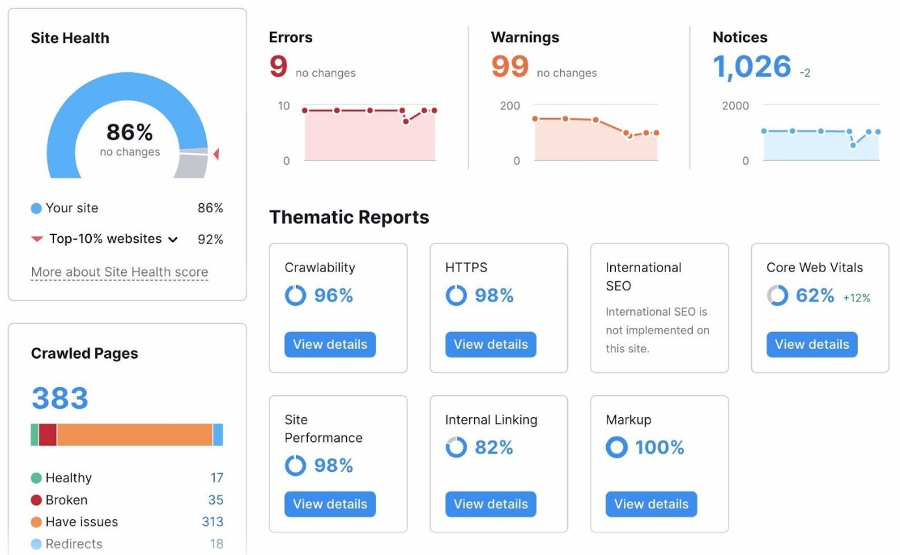
Site Audit
One of the fundamental, important, and recommended stages for any business project, deserves close attention from both businesses and marketing specialists. At this stage, one can identify the existence of technical problems, deficiencies, and errors caused by various factors. These include poor indexing, slow page load speed, and weak structure negatively affecting the user experience. Through the analysis of the entire business web resource, one can determine whether it meets online bots’ algorithms and today’s standards. This directly contributes to better rankings in search engine results.
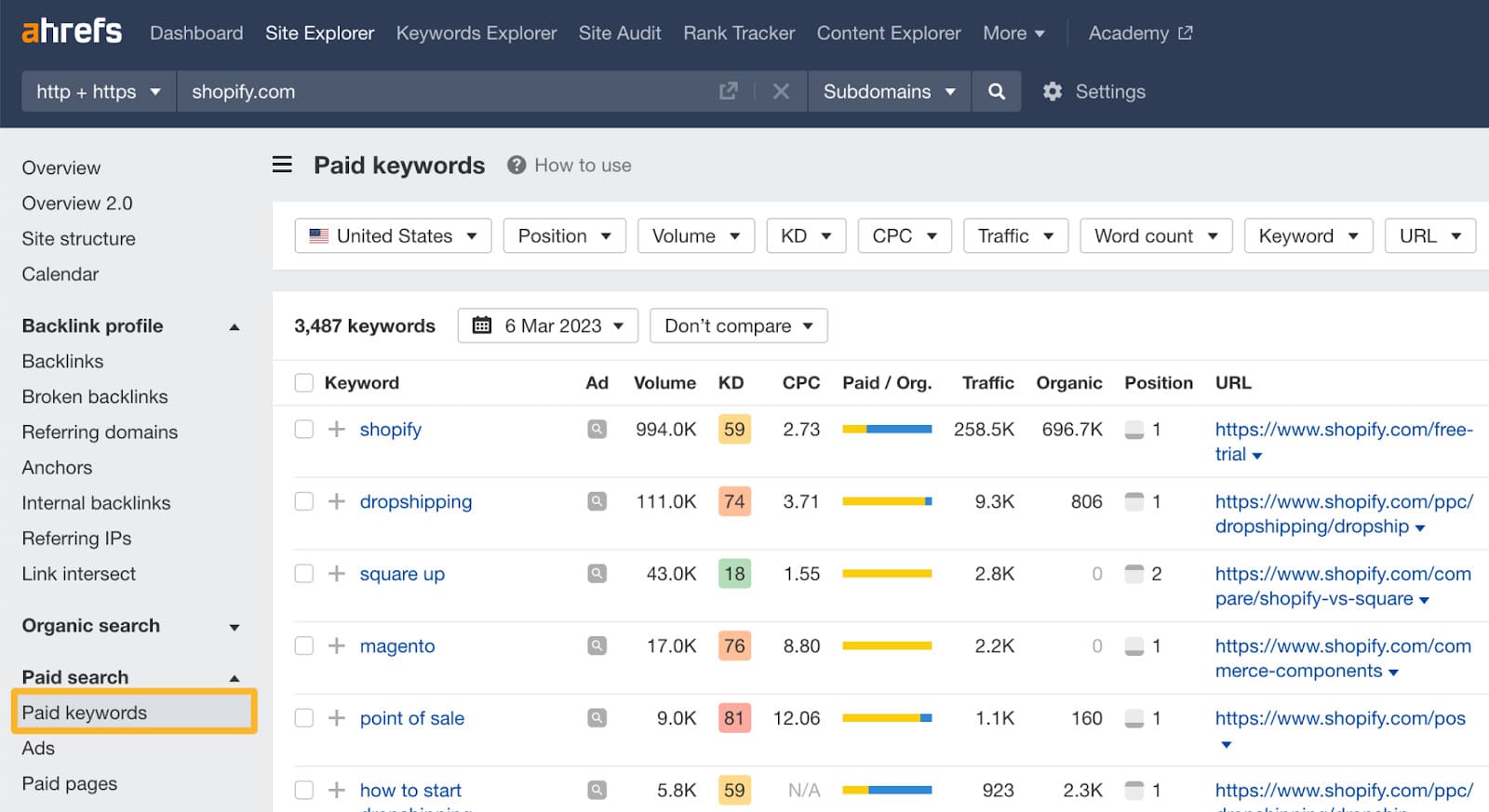
Competitive Analysis
This professional service reveals a full picture of the strengths and weaknesses when promoting a brand or company. Specialists will first study the keywords, phrases, or quotes used, identify backlink sources, and review how the business website’s content is structured. Analyzing a website , these steps, help create a qualified strategy that outperforms competitors in the current market.
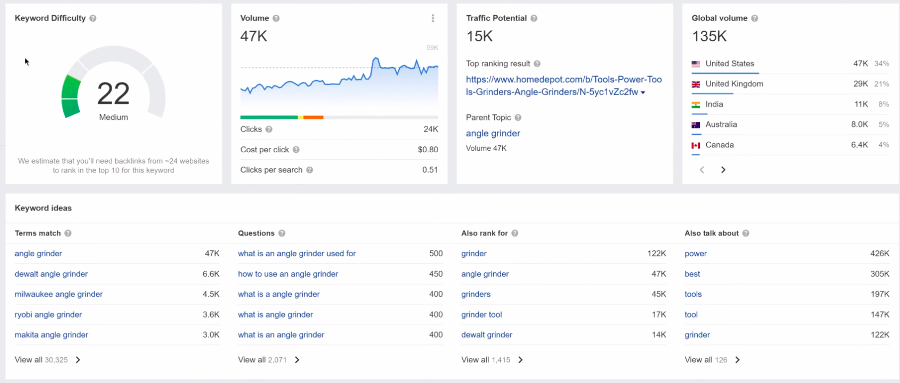
Keyword Research
A key stage that helps understand what exactly your target audience is searching for. At this point, the most relevant and conversion-focused keywords are gathered, and phrases are segmented by user intent and overall priority. By forming a list of words, phrases, and quotes, the brand or company’s website can be propelled to the top of search results. Keyword research also allows for the creation of professional content that matches user interests and improves traffic.

Technical Optimization
At this stage, it’s vital to focus on improving the architecture of the business website. Special attention should be paid to ensuring fast page load speeds and high mobile responsiveness in line with modern technological standards and the devices used by today’s consumers. Professionals also adjust various files, including those related to robots.txt and sitemap. Additionally, if necessary, critical errors and shortcomings hindering good indexing are resolved, and other technical enhancements are implemented.
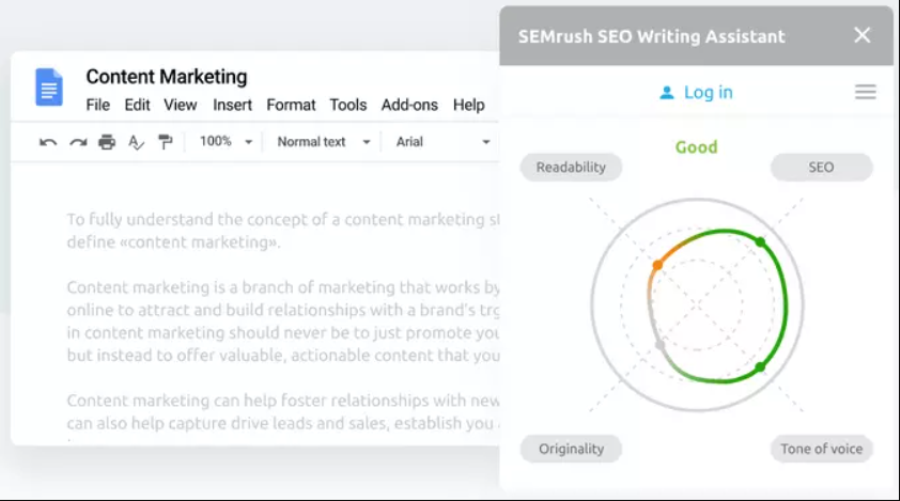
Content Creation
It’s not just about texts, articles, posts, and other informational materials — it’s also a strategically important tool that modern businesses can hardly do without. When developing unique ads, texts, and descriptions, professionals not only implement SEO elements such as pre-collected keywords but also create content that answers the key questions of interested users. In essence, through customized and adapted textual materials, one can convey meaning, solve audience problems, significantly increase trust in the brand or company, and enhance overall search rankings.

On-Page Content Optimization
This service involves not only enhancing the main message in the text — the headline but also improving metadata (tags), the structure of informational content (texts, ads, descriptions), and the integration of embedded words and phrases. Professionals will fully adapt the information to competent SEO, which is crucial, while also making the content as readable, engaging, “smart”, and easy to understand as possible — both for the average reader and popular search engines (Google and others). High-quality, interesting content not only captures attention but also improves customer engagement and encourages more active purchasing.

Link Building & Authority Development
Developing and writing a personalized and professional link-building strategy from scratch is a priority when promoting a business. Professionals will not only find and use high-quality and strictly thematic backlinks but will also utilize only authoritative web resources to boost the brand or company. In other words, when selecting hyperlinks and web sources, factors such as credibility, prestige, and other criteria will be considered. This meticulous attention to detail helps increase the level of trust search engine algorithms have in the business website, thereby improving its rankings and positions in search results.
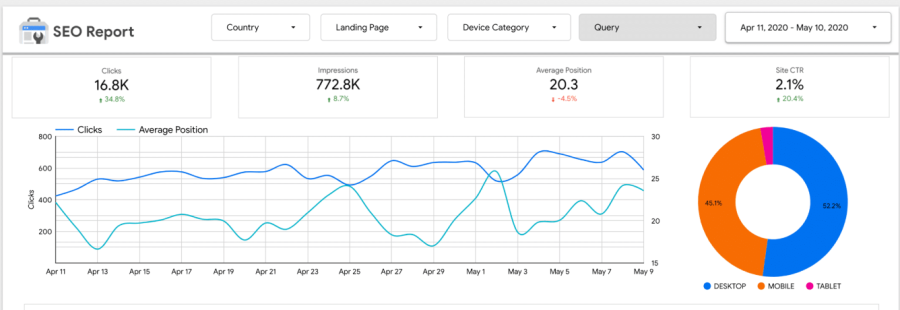
Monitor Traffic & Rankings
Conducting regular and ongoing monitoring of traffic inflow and ranking improvements enables professionals to respond quickly to changes. By promptly tracking the behavior of internet users and potential clients, there’s a real opportunity to make adjustments as fast as possible, positively affecting the visibility, recognizability, and significance of the business’s web presence. Moreover, monitoring allows for the identification of audience behavioral metrics, which in turn helps fine-tune the strategic business plan and maintain a strong momentum in overall promotion.
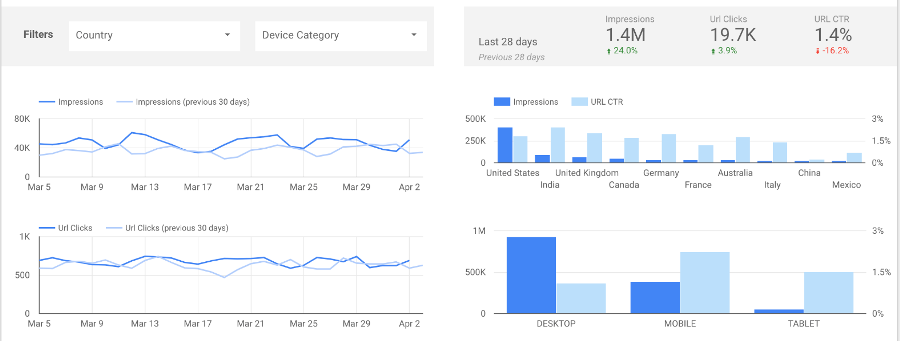
Reporting & Refinement
First and foremost, it’s important to emphasize that reporting is about transparency, principles, and maintaining control over the brand or company’s promotion process. Professionals always provide highly detailed reports outlining what efforts were made, what work was completed, and over what time. These reports also include data on the results achieved and how website traffic evolved during the promotional efforts. Based on this information, professionals promptly make corrections, updates, and additions to the strategy to improve results and achieve goals as quickly as possible.
WE WORK WITH
ANY INDUSTRY
- Competitor Analysis
- Website Structure and Semantic Core Creation
- Technical Website Optimization
- Google Search Console Setup and Basic Analytics
- On-Page Optimization
- Off-Page Optimization
- Usability, Commercial, and E-A-T Factors Analysis
- Competitor Analysis
- Website Structure and Semantic Core Creation
- Page Optimization for AI Search
- Technical Website Optimization
- Technical Website Optimization for AI
- Google Search Console Setup and Basic Analytics
- On-Page Optimization
- Off-Page Optimization
- Usability, Commercial, and E-A-T Factors Analysis
- Competitor Analysis
- Website Structure and Semantic Core Creation
- Page Optimization for AI Search
- Technical Website Optimization
- Technical Website Optimization for AI
- Google Search Console Setup and Basic Analytics
- On-Page Optimization
- Off-Page Optimization
- Usability, Commercial, and E-A-T Factors Analysis
- Informational Traffic Optimization (Blog)
- Conversion Rate Optimization (Behavioral Analysis)
- Google My Business Setup
Search Engine Optimization FAQs
What are SEO services?
We’re talking about competent SEO solutions — a set of professional methods aimed at improving a business web resource’s ranking in search results. Services include SEO consulting, qualified on-page optimization, keyword research, tailored content creation, technical audits, mobile adaptation for gadgets and devices, and link-building strategies. The goal is to increase traffic and boost the visibility of a brand’s or company’s website.
Why use SEO services?
By using the best SEO partner and a full suite of optimization services, there’s every chance to make a modern business website fully visible to people who are actively searching for specific goods, products, or services. These expert actions not only enhance the brand’s or company’s trust, loyalty, and reputation, but also help drive traffic, attract qualified leads, and bring in quality clients. Unlike advertising, your SEO team will help ensure stable long-term growth and high ROI.
What is SEO?
Today, it’s the leading and most essential field of digital marketing, helping to increase the visibility of a business web platform in the most relevant, popular, and widely used search engines. A top-tier SEO campaign typically involves enhancing all types of content, improving the website structure, page loading speed, and overall usability, as well as boosting the site’s authority. These actions help attract valuable traffic over time without excessive spending on ads or other expensive marketing campaigns.
How does SEO work?
Modern SEO companies typically offer the same or similar services. Their job is to apply all types of SEO to bring a business website in full compliance with how search engine algorithms operate. Everything that contributes to ranking success is considered — keywords, high-quality content, page load speed, full mobile gadget and device adaptation, and link-building. As a result, all brand and company websites that follow a well-prepared and implemented local strategy optimization gain top positions and ratings and achieve excellent local search engine results.
How much do SEO services cost?
The main cost of working on any business project depends on the business goals that a brand or company has set (for example, a significant increase in sales from the business’s web resource or a global boost in organic traffic, etc.). The price also depends on the complexity of the custom SEO strategy, its scope, the required stages and tools, and other marketing factors. Overall, the cost of services may vary depending on the level of competition in the business niche and other criteria. Despite the financial investment in a business project, it’s important to remember that well-executed SEO can provide a high, stable, and long-term effect, including a return on investment compared to paid types of advertising.
What are the types of SEO services?
Today, there are services such as comprehensive SEO audits (including competitor monitoring and analysis), on-page SEO (content and keywords/phrases), off-page SEO (backlinks), technical optimization (structure, architecture, error correction), local optimization (geo-based search, appearance of the business site on Google Maps and many others), as well as SEO for ecommerce and online stores. Any type of service positively influences certain parameters of a brand or company’s web resource, thus helping the site achieve improved, higher (e.g., TOP-10) positions in search engine results.
How do I know which type of SEO service I need?
The choice should depend solely on the initially set goals, the target audience, and of course the current condition of the business’s web resource. Conducting a professional audit is the starting point for identifying shortcomings, weaknesses, and areas for improvement. This service also helps determine key priorities — for instance, local or technical optimization, content uniqueness efforts, or others. Many factors depend on the specific tasks set by the brand or company and their overall expectations.
How long does it take for SEO services to work?
Competent SEO work is not just about a strategic action plan that reflects long-term goals — it’s also a concept where meaningful effects become visible during the optimization process. A business may begin to see the first results within 1–3 months (such as changes related to factors, metrics, and growth indicators of the site), and in the following 3–6 months, initial results like audience engagement, and improvements in rankings and positions may appear. As for more significant results, such as sales from the site and return on investment, they typically become trackable after about 1 to 1.5 years. Everything depends on the age of the brand’s resources, industry competition, content quality, and the consistency of optimization efforts.
How do I choose an SEO service provider?
You should choose a company that openly showcases completed case studies and displays reviews and comments from real clients on its website. It’s also important to pay special attention to experience and transparency in the company’s approach. Self-respecting providers — or those who are truly good — always begin with a proposal to develop a personalized, competent strategy. Essentially, they provide clear and honest reporting and set realistic timelines for managing the business project and achieving results. It’s important for the client to clearly understand what they are paying for and that is a completely reasonable position.
Why SEO strategy is the key to digital success?
A thoughtful, carefully planned, clear, and structured strategy must be strictly individual, unique, and tailored to the brand’s or company’s niche. Such an action plan helps attract the target audience faster, outpace competitors in the same market environment, and achieve sustainable growth across all indicators, metrics, and factors. A competent strategy typically covers all aspects of the business’s web resource — from content to technical foundations and at the same time helps to build a global, stable, and crucial online presence in the long term.
How do top SEO companies stand out?
The best SEO agencies are distinguished by top-tier results. They always provide transparent reporting and operate based on principles of honesty, openness, and fairness. Top companies also offer a personalized approach and attention to detail. Their teams monitor updates to online algorithms, stay on top of innovations in marketing, offer only long-term solutions, and build client relationships in a way that is convenient for businesses. Their expertise and applied web technologies are the key to reaching the peak of success — nothing less.
What does local SEO mean for your business?
When it comes to local optimization, it’s not just a service but a crucial step in the promotion process. It helps brands and companies remain visible to potential clients who live nearby or are in the area. In essence, the business appears on Google Maps and other online maps when people search for something “nearby”, which brings more traffic to the brand’s website and their physical location (store, office, etc.). This is especially important for local businesses operating in a specific region or several regions.
Why is an SEO audit crucial?
Thanks to a professional audit, brands and companies can identify issues or shortcomings that directly prevent the web resource from ranking well and appearing in top positions in search results. This service enables a full analysis of all technical deficiencies related to content, keywords and phrases, backlinks, site architecture, and more. An audit is all about developing an effective and competent strategy, eliminating weak points, and improving the brand’s or company’s web presence in the eyes of search engine algorithms.
How do SEO strategies drive online success?
Various optimization strategies can combine numerous relevant tools, web marketing technologies, practices, tactics, and methods. This includes content, site structure, and marketing aligned with real search queries from Internet users. These strategies enhance visibility, engage users in the online buying process, and strengthen loyalty, image, status, and trust toward a company or brand. In essence, it’s a relevant path to ensuring stable and progressive growth toward industry or niche leadership.
The Role of SEO Marketing in Business Growth
Digital marketing, when combined with progressive SEO promotion, helps generate qualified leads, increase brand recognition and online visibility, and drive overall website and traffic growth. Through competent digital marketing solutions, it’s possible to build trust in a company or brand, reinforce reputation, and strengthen positions in the online environment. Unlike advertising and similar campaigns, SEO actions deliver long-lasting effects and support consistent growth even after the business project has concluded.
How to choose the right SEO service provider?
You need to find a provider who not only understands the tasks at hand but also takes the time to thoroughly comprehend the business goals that must be achieved throughout the project. Essentially, the expert should offer personalized, individual, and up-to-date solutions and maintain open communication with the client. Focus on case studies, honesty, transparency, realistic timelines, and a financial estimate for the business project. A reliable partner is someone who doesn’t just sell a product or service but helps you achieve long-term leadership.

